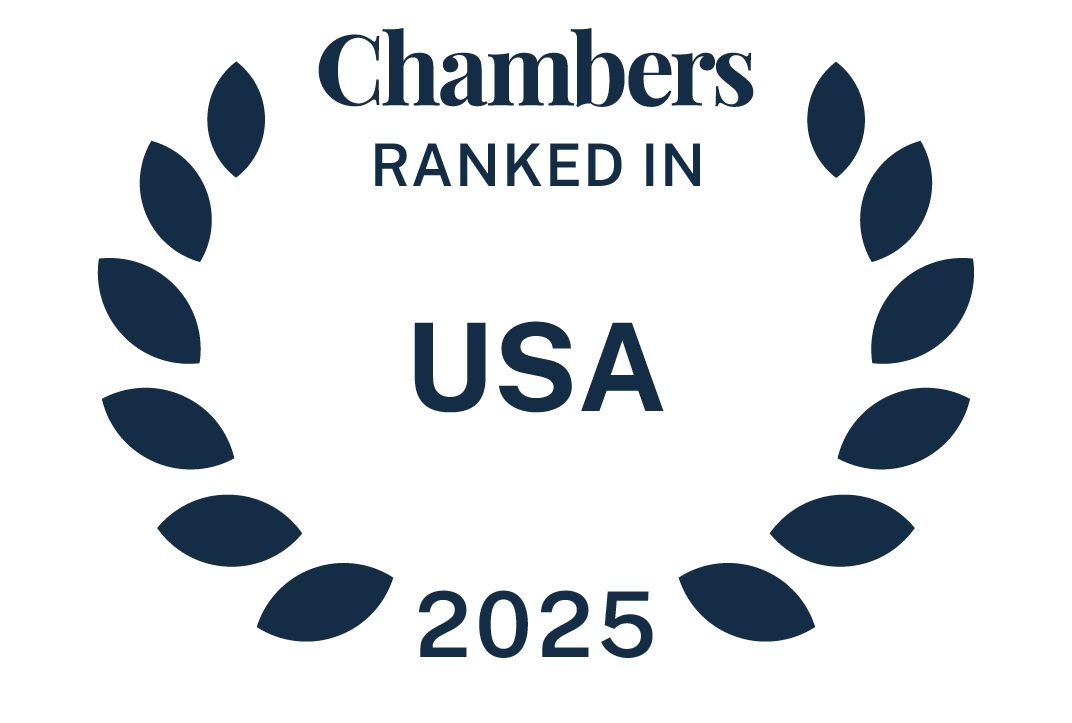The Federal Trade Commission (FTC) recently granted US antitrust clearance for Enbridge’s acquisition of Spectra after the parties agreed to behavioral commitments to remedy an overlap for natural gas pipeline transportation from the wellhead in three markets off the coast of Louisiana (Green Canyon, Walker Ridge and Keathley Canyon).
WHAT HAPPENED:- The merging parties each own interests in competing natural gas pipelines – Enbridge is the sole owner of the Walker Ridge Pipeline; and Spectra holds a minority interest (~7.6%) in the Discovery Pipeline via its interests in DCP Midstream.
- As part of Spectra’s minority interest in the Discovery Pipeline, Spectra had access to detailed information on the pipeline’s pricing and other competitively sensitive information. In addition, Spectra had board voting rights over the pipeline’s significant capital expenditures including expansions needed to connect to new wells.
- FTC determined that in certain areas within each of the three geographic markets, the Walker Ridge and Discovery Pipeline were the closest pipelines to new wellheads in development and therefore the lowest priced options.
- In granting antitrust clearance, the FTC required that Enbridge and Spectra erect firewalls such that information related to the Walker Ridge Pipeline would not be shared with any of Spectra’s partners in the Discovery Pipeline and that Discovery Pipeline information is not shared with any Enbridge individuals involved in the Walker Ridge Pipeline business.
- The FTC also required any board members appointed by Enbridge or Spectra to DCP Midstream recuse themselves from any vote pertaining to the Discovery Pipeline, unless the vote involves expanding the Discovery Pipeline beyond natural gas pipeline services in the Gulf of Mexico or changing the entities’ ownership interests in the Discovery Pipeline.
- FTC could investigate and require remedies in overlaps involving minority ownership interests (even when less than 10%), particularly when the overlapping entities are close competitors and the acquisition would give access to competitively sensitive information and control over the entity.
- The FTC continues to apply narrow product and geographic market definitions in oil and gas cases. Here the FTC alleged relevant markets involving natural gas pipeline transportation in particular areas in the Gulf of Mexico.
- While the FTC has stated a strong preference for structural remedies when fixing horizontal overlaps, there are situations in which the FTC will conclude that a behavioral remedy is sufficient.
read more


 Subscribe
Subscribe
